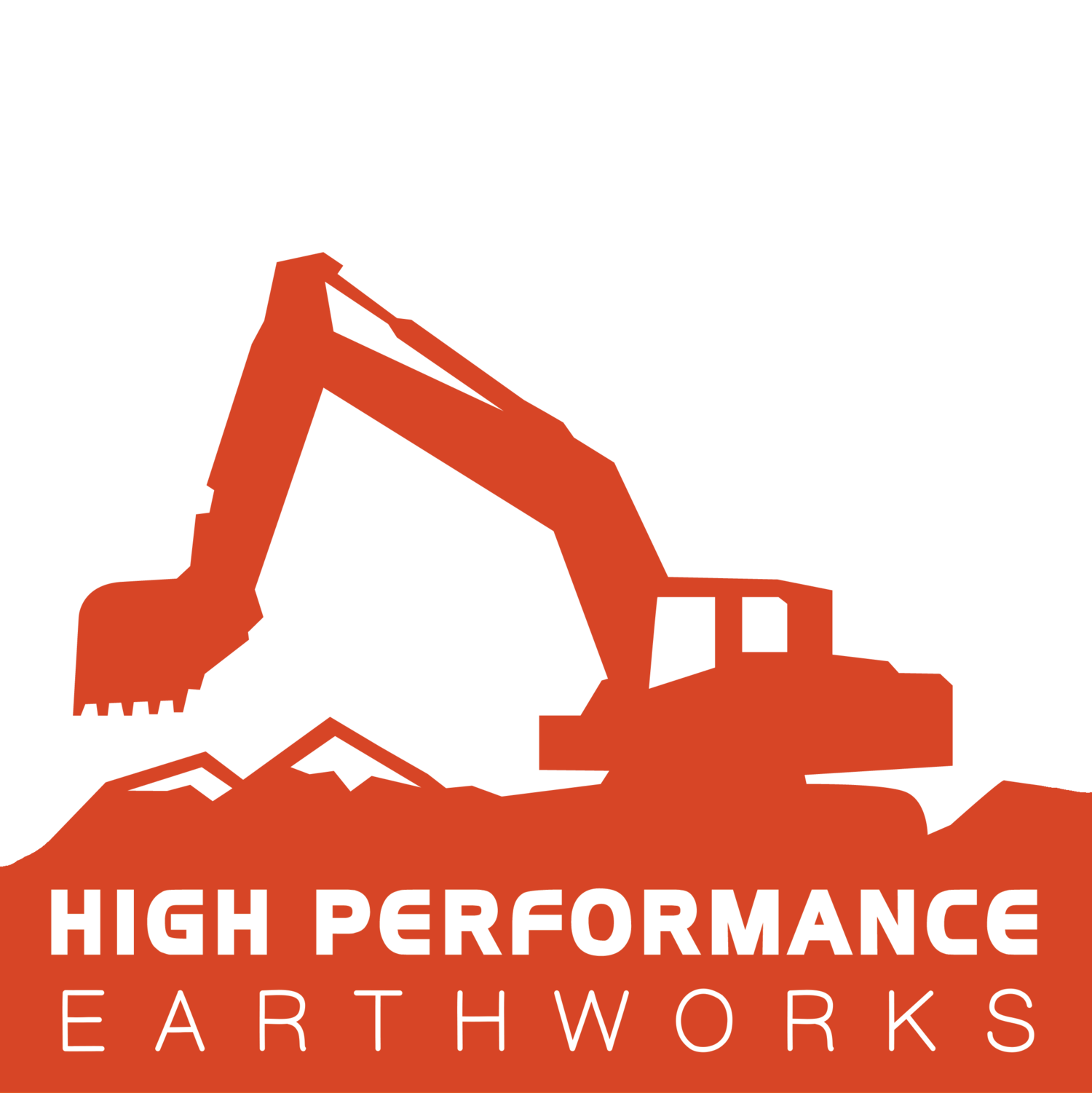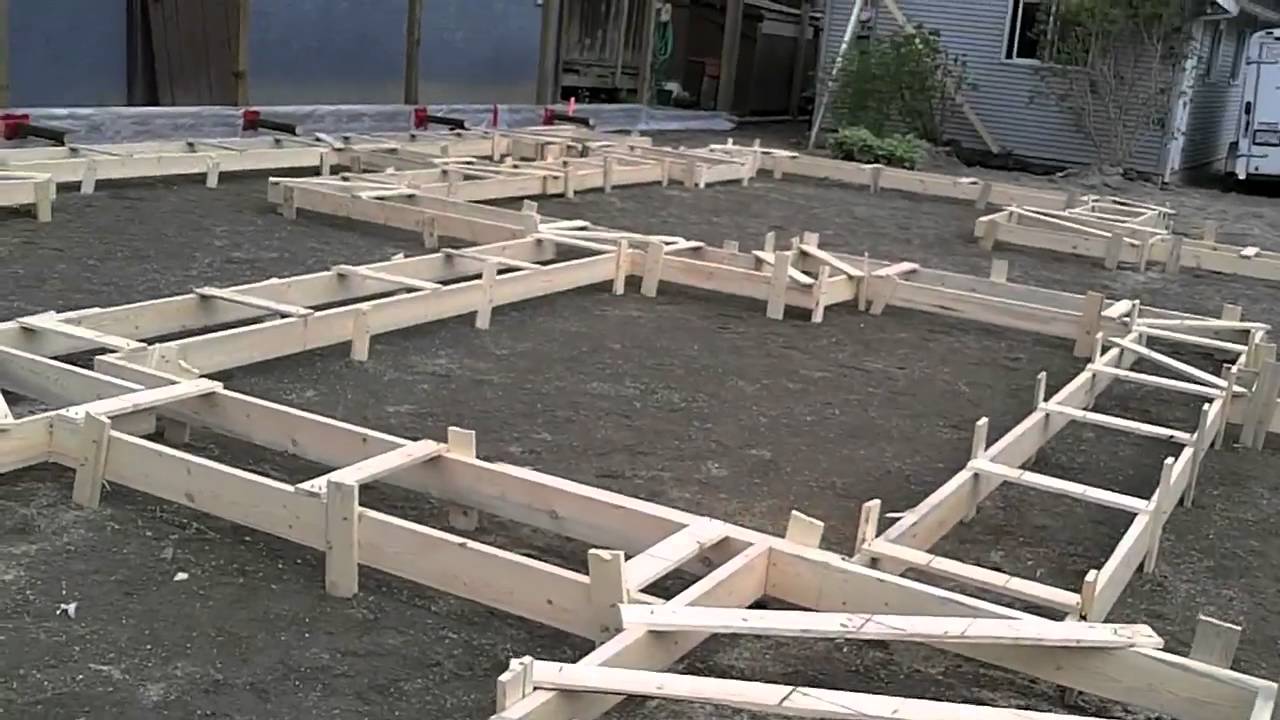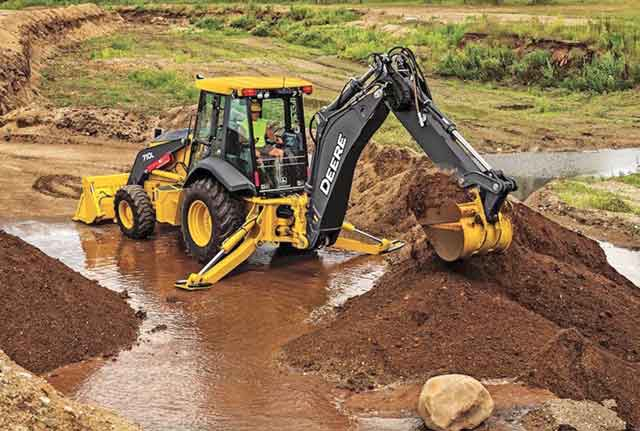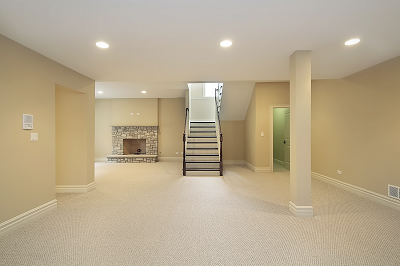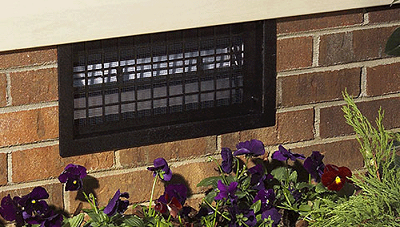Boulder County's Excavation Services: A History
This article will focus on the history of excavation equipment frequently used for Boulder County Excavation services. This will address excavation's implementation in many industries, most notably the railroad system.
The history of Boulder County excavation services and equipment is rather rich and varied and points directly towards the old maxim of “necessity is the mother of invention. Boulder County excavation is, quite literally, back breaking labor and was incredibly time consuming and costly. This was unacceptable in Boulder, CO at a time when industries were expanding rapidly and needed for technology to be able to meet the drive of that expansion.
Before the modern Boulder County excavation machines, Boulder excavators utilized shovels, forks, pickaxes, and spades. These tools required extensive personal and strength in order to excavate any sort of large Boulder County project and were incredibly cost prohibitive and arduous.
The only great leap forward in the technology, up through the early 1800’s for this workforce was the invention of a wider shovel that suited the purposes of moving larger quantities of dirt. While this certainly helped, it also pointed toward a greater need for machinery to be able to take on the Boulder County excavation workload of a large and overworked labor force.
That being said, It wasn’t until 1839 that William Otis invented an actual mechanical apparatus to work with deeper holes and greater projects. This excavation system was simple, but elegant in design with a mechanical arm which could be maneuvered with a bucket attached to the end. Boulder County excavation professionals utilize similar tools.
Originally this arm was mounted on a railway chassis and had very limited mobility in terms of placement and maneuverability. The reasoning behind this was because Otis designed this exclusively for national railroad projects, as the railroads were one of the largest suppliers of excavation contracts at that time. This was inherently problematic for other industries in Boulder County and beyond, because the need for digging, blasting, and excavation that occurred outside of railway lines still fell upon the need of a mobile workforce and manual labor.
This would not be addressed for several more years until the invention of hydraulic machinery and mobile platforms, which are frequently used in Boulder County excavation service projects.
The next iteration down this line of excavation equipment was the steam shovel, which Otis
finalized and patented through his original design in 1839. This shovel was powered by coal and the resulting steam and operated on a series of hydraulics that could maneuver the shovel into position. This was still limited, however, to running off of a railway chassis, and the mobility was still difficult to work with. That being said, this design was still a large leap forward in terms of excavation methodologies and started a trending towards increasing automation of the workforce for manual labor.
The excavator was the next design to come into fruition for Boulder County excavators. This was directly descended from the steam shovel. The first type to be implemented was called a cable excavator, a complex tool that used a series of cables or wire ropes to raise and lower the arm and bucket close. The cables were pulled and hoisted manually in order to collect and excavate a hole. Even though this implement addressed a lot of the mobility issues of the steam shovel, the cable excavator was typically cost inefficient, difficult to maneuver, and slow. Because of this, resources were poured into the excavation tools industry in order to create a more effective tool for the job. What came of this investment was the hydraulic excavator, which are frequently utilized by Boulder County professional excavator service providers.
This brings us into the present of Boulder County Excavation services (so to speak) where we will talk about the efforts overseas to create better excavating technology, and how these pieces of history informed the development of contemporary excavation technology utilized for new home construction in Boulder Colorado today.
Hydraulic excavators are frequently used in Boulder Colorado, but they first came into use in Britain in 1883 by Sir W.G. Armstrong & Co.
This excavation technology was actually not first implemented for foundations and landscaping services in Boulder, but was in fact used for the construction of hull docks in the shipyards around London, as well as different dockyards in the British Isles.
The leap from the docks to a modern Boulder County excavation services did not begin to take shape, outside of a few contracts here and there, until the 1940’s in Italy. In Turin
two brothers, Carlo and Mario Bruneri, created a wheeled version of the hydraulic excavator, which are now typically used for Boulder county excavation services.
The creation of this new excavation technology was revolutionary for the excavation services industry in Boulder, CO, because it created the first truly mobile platform that was independent of railways. Could you imagine building a railroad to your home simply because you need excavation services on your property for landscaping, driveways, or foundations?
The modern excavation services platform with wheels could move faster in Boulder, CO, dig faster, and was much easier and safer to operate than the traditional cable excavator. It also greatly improved upon the clumsy and awkward movements of the earlier excavation services. The new excavation services streamlined the operating mechanisms for ease of access.
This vastly expanded the number of digging applications for which the excavator
could be utilized - Such as your new Boulder County home's construction projects, septic installation, landscaping, driveway excavation, and more.
After this incredible leap forward, there was a boom in excavator technology and services, as many new excavators began to flood the market. Excavators in Boulder Colorado now utilize, customizable arms, buckets, heads, and chassis due to these innovations. The invention of the excavator's caterpillar tread, as well new tires made for many different types of terrain are now managed by excavation teams in Boulder Colorado.
This also led to a more nuanced approach to Boulder County excavation, because excavation methodologies began to catch up with the new technology. Excavators in Boulder County were now far more mobile, which enabled back-filling, leveling, and trenching services for residential and commercial markets. This, in turn, allowed for projects of increasing difficulty and complexity, informing a lot of our modern understanding of drafting, construction, and even the science of architecture in Boulder!
For example, in pipeline construction or trenching applications, excavation contractors started using precise tools, like pipelayers or trenchers. These are machines that are able to dig deep, narrow, and long trenches for continuous excavation service.
You can really begin to see the nuance developing in these excavation processes, and as a result the industry began to flourish. These Boulder County excavation services can be directly correlated to everything from skyscrapers to the meticulous construction of modern suburbia.
From the genius and fortitude of these early pioneers, Boulder County residents may benefit, because we are able to tackle stronger and more difficult projects with relative ease.
This concludes a brief history on the creation, implementation, and maintenance of modern
excavation equipment in Boulder County. This a powerful example of what happens when necessity for new excavation services in Boulder dictates technological development, as countless examples can be seen across the ebbs and flows of history.
